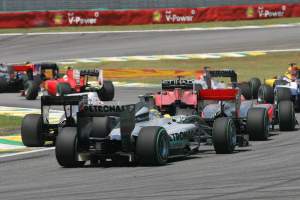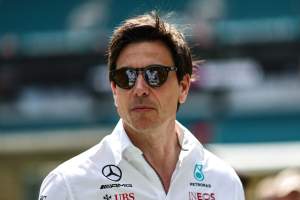The team that’s dominating the 2023 Formula 1 season has been very vocal lately about the 2026 F1 rules.
Red Bull team principal Christian Horner and world champion driver Max Verstappen’s criticisms of those regulations, particularly the power unit part, might be motivated by self-interest.
But I agree with Horner that F1 is going in the wrong direction, albeit for very different reasons.
Whenever there are regulation changes in F1, we start to hear from the teams who see it as an opportunity to improve their current – probably disappointing – performance and also from the more vocal teams that are on top of the current rules and don’t want too much disruption.
The current regulations are very restrictive. If anything, we’re lucky Red Bull has found openings within the rules to build as superior a car as it has. Those opportunities are there for everyone to take but it’s simply about recognising them – something Adrian Newey is very good at – optimising your research around them then incorporating them into your car.
It’s therefore no surprise that Horner is pushing back against the 2026 rule changes, particularly those increasing the hybrid power from 120kW to 350kW, although perhaps that stance is also down to question marks over Red Bull’s new powertrain company’s capabilities, as Toto Wolff suggests.
This season, the gap from front to back of the grid in outright performance terms is as close as we have seen for many years. Over the last few months more teams have been following Red Bull’s design direction, while those that are more stubborn trying to find their own solution. That means there are plenty of small visual differences for us to get a bit excited about.
With these restrictive regulations, there is no magic bullet. It’s all about detail, detail, detail. Long gone are the days of having that eureka moment because today even the material you can use for a simple bolt is more or less defined. The trouble is, from what I’ve read of the 2026 regulations, it’s only going to get worse in that regard.
We are fast heading down the one-make formula route. No one really wants that, but it’s what is happening in the background. Long gone are the days of innovation and if visionaries like Colin Chapman, Gordon Murray or John Barnard, to name but a few, were still around or active in teams they would be pulling their hair out.
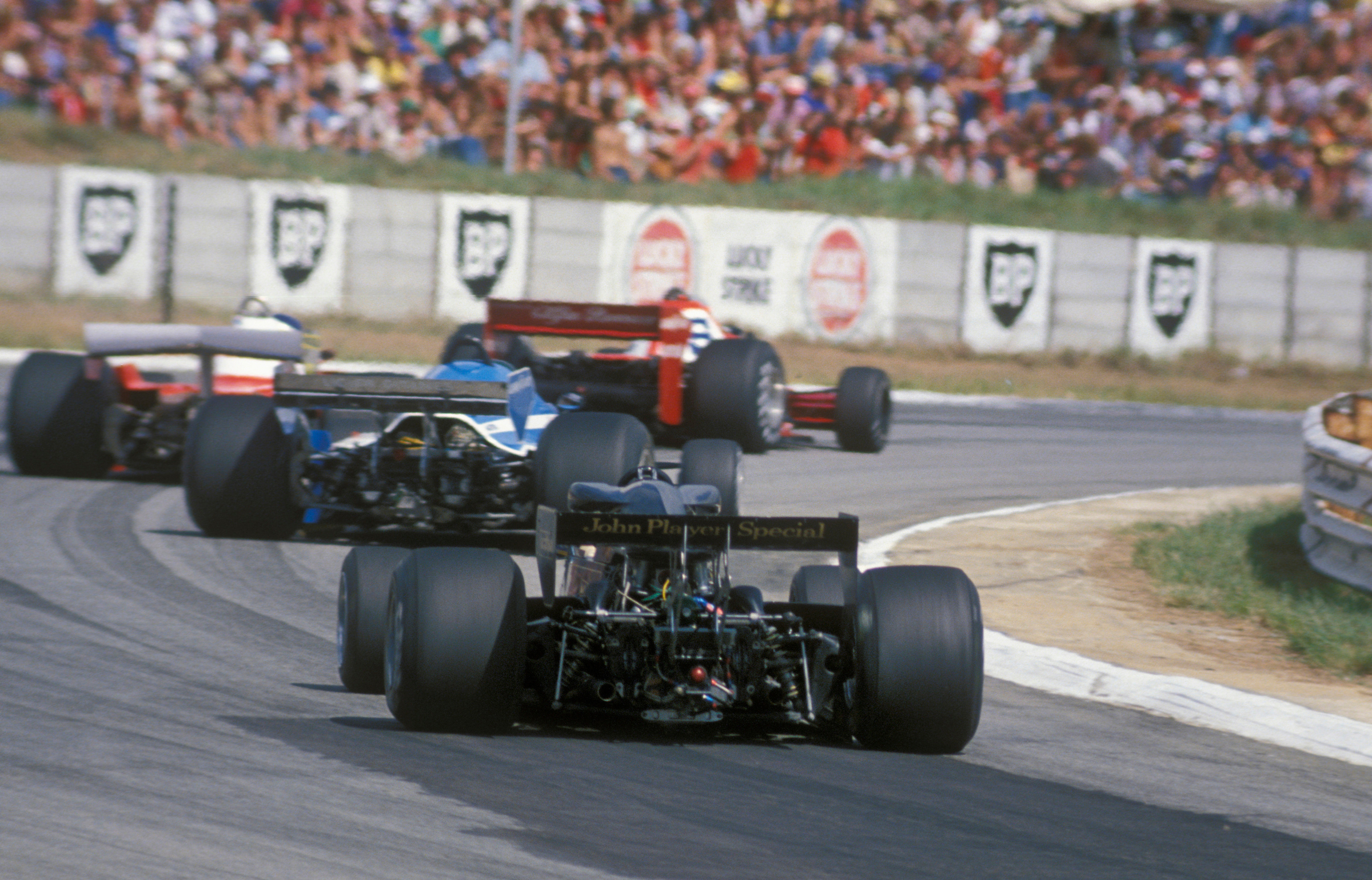
Over the 50 years I have been involved in motorsport, some of the innovations that I have seen have been incredible. Such innovation is currently a no-no.
To show just how much has happened, here’s a quick skim through some of those innovations in no particular order:
V8, V10, V12 and Flat 12 normally aspirated engines
Four cylinder turbos with unlimited boost
W12 normally aspirated engines
Air valve systems to replace springs
Carbon-Carbon brakes
Ground effect aerodynamics
Sliding skirts to optimise the ground effect
Ceramic rubbing strips for those sliding skirts
Six wheeled cars (with four front wheels)
Six wheeled cars (with four rear wheels)
Fan cars to generate downforce at slow speed
Carbon fibre composite chassis structures
Carbon fibre gearbox housings
Carbon fibre suspension components
Active suspension
Front and rear linked suspension
Five, six, seven and eight speed gearboxes
Carbon-Carbon clutches
Miniature clutches
Pull clutches
Multi plate clutches
Gearbox mounted clutches
CVT gearboxes
Sequential gearboxes
Zero torque loss gear change
Paddleshift gear change
Paddle clutch control
Two-pedal cars
Lateral brake distribution
Active braking
Fly by wire throttle systems
Mass dampers
Inertia damping
Front torque controlled differentials
Mercedes’ DAS
There are lots more, but this is just a selection of innovations that clever people in F1 came up with in an attempt to get the upper hand. Some of these came and went of their own accord but it proves that for many decades the door was open to bringing something to the show that no one else had. Sometimes it worked and sometimes it didn’t, but innovators had the opportunity.
If any of these innovations were to come about with today’s regulations, they would be considered unacceptable. The rules even include a clause that allows what are considered new technologies to be capitalised on by whoever comes up with them for a season but for them to then be outlawed. This is stifling the new breed of engineers coming through the ranks.
So that brings me onto the big topic, which is the changes to the regulations for 2026 that Horner has been so critical of.
We now have a cost cap for the chassis constructor and the power unit manufacturer. If the cost cap was to cover everything associated with each of those disciplines, it would be much easier to manage overall and it should control spending to an acceptable level.
When there are grey areas in any regulation teams will employ people to find ways around those cost restrictions, and currently those people are probably not even included in the cost cap. The workload for the ‘cost cap inspectors’ would be reduced if it was simpler to police.
The draft 2026 power unit regulations have been published, but they’re all about making the regulations even more restricted. Everything is so tightly defined that it could well be like 2014 when the 1.6-litre turbo hybrid regulations first came in – one manufacturer will get it right and it will take time for the others to catch up.
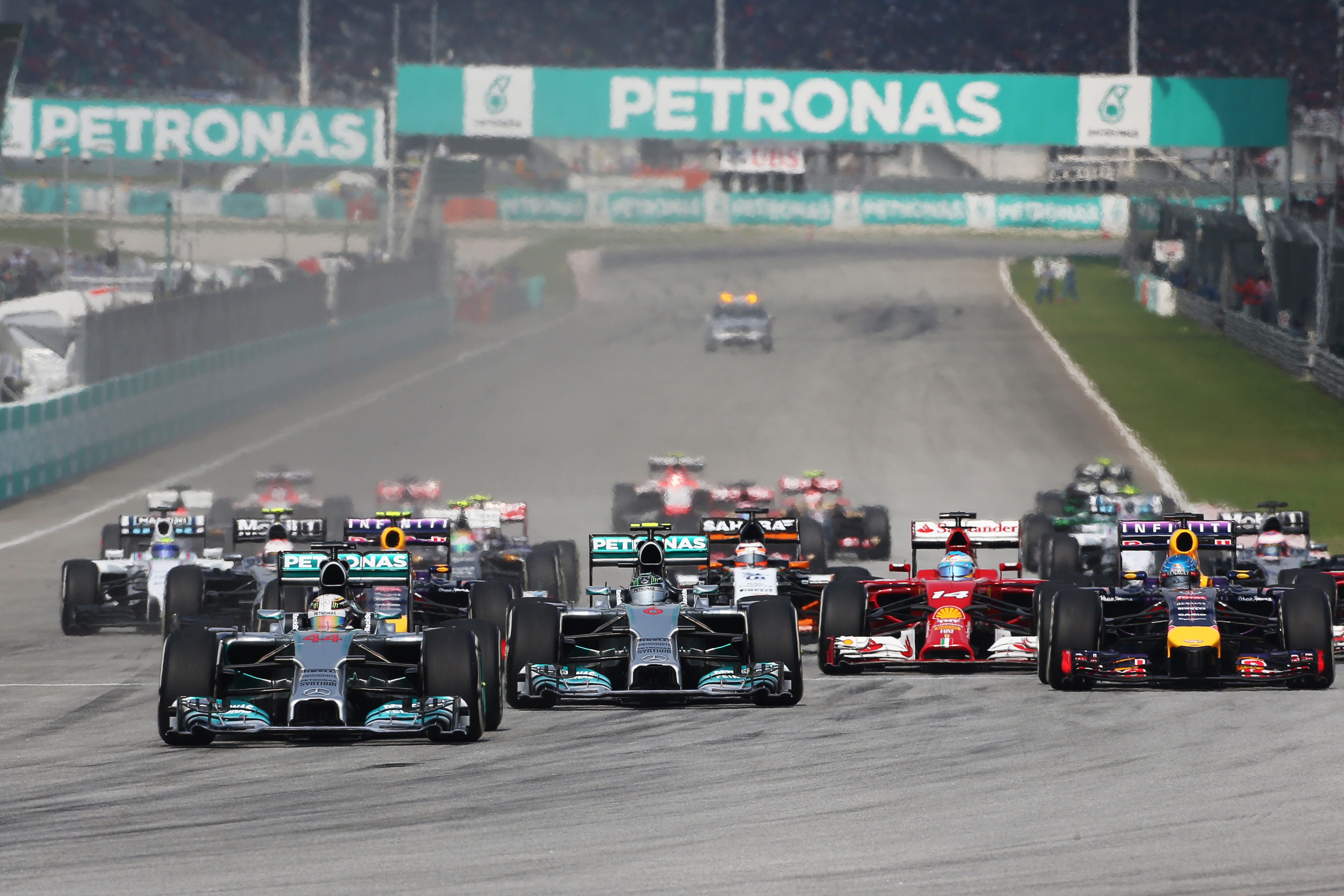
If the power unit regulations were more open, it would probably be the same but at least we’d see bigger differences in ideas across the various manufacturers and that way we’ll all learn something about what is good, what is bad and which direction the regulations should take for the future to achieve F1’s goals of better efficiency.
Formula 1 should be a driver and team formula and the power unit should be secondary to that. It’s fine to eliminate fossil fuel in favour of sustainable fuel, a maximum energy-flow rate and a limited fuel quantity to equalise, or at least control, the power output from the internal combustion engine and, on top of that, a maximum battery storage capacity.
But from there, let the manufacturers get on with pursuing what they believe is the best solution. MGU-Ks or MGU-Hs, double or single, the choice is yours. Open the door to innovation to allow young engineers the chance to express themselves.
When these restrictive regulations first came into play, F1 was in a very different place and was balancing on a financial tightrope after the global economic crisis of 2008. When the current ground effect rules were coming in, it was hit with the COVID-19 pandemic.
Now, the scene is very different with the powers to be at F1 claiming that each team is worth in the region of $1billion.
As for the chassis approach, for me it is the same scenario. Open the door to allow innovation, reduce the overall size of the car and reduce the overall weight and if this overall weight is low enough it will control how a team goes about designing the car. You would still have to pass all the safety tests, so it wouldn’t affect anything in that area.
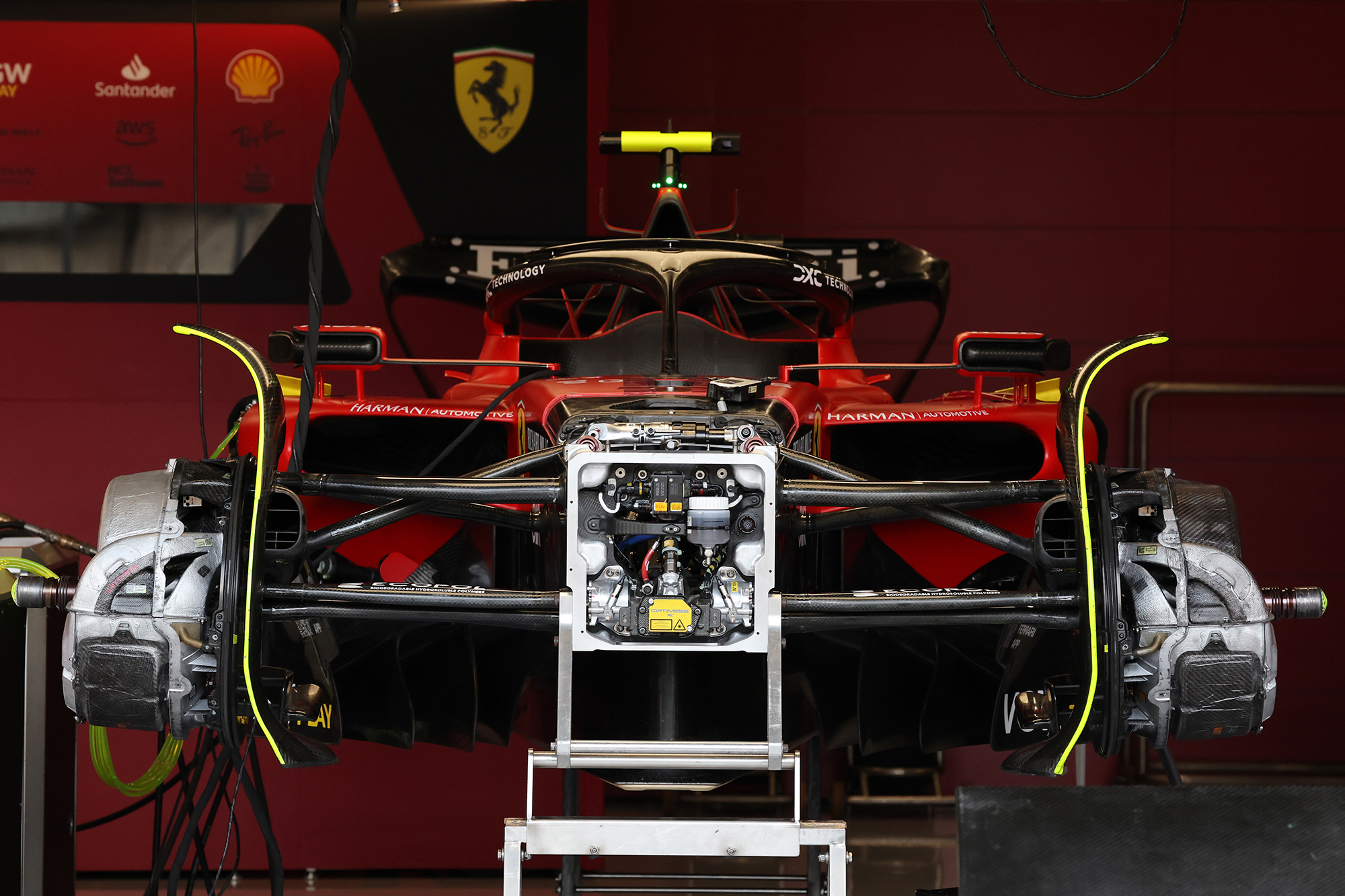
Also, F1 currently being a control-tyre formula opens the door for the teams to design a car that works with the tyres that are supplied rather than endlessly complaining about them. Currently, the weight distribution is tightly controlled by the regulations – a regulation originally introduced as a temporary measure in 2011 to prevent any team lucking into the perfect weight distribution characteristics for the then-new Pirelli tyres, so in some areas the teams’ hands are tied.
Not long ago the technical directors of each team with their trusty group of designers would sit down and come up with their new car specification and the initial concept to allow everyone to start the research.
That has been done away with and the powers to be at either F1 or the FIA have now effectively taken over each team as the organisation responsible for that initial concept. The same is true for the power unit manufacturers and that’s just wrong.
Why should these people at the rulemakers whose design experience in an F1 team is in the past know more about the best direction for the design of an F1 car than the design engineers that are currently designing these cars day in, day out?
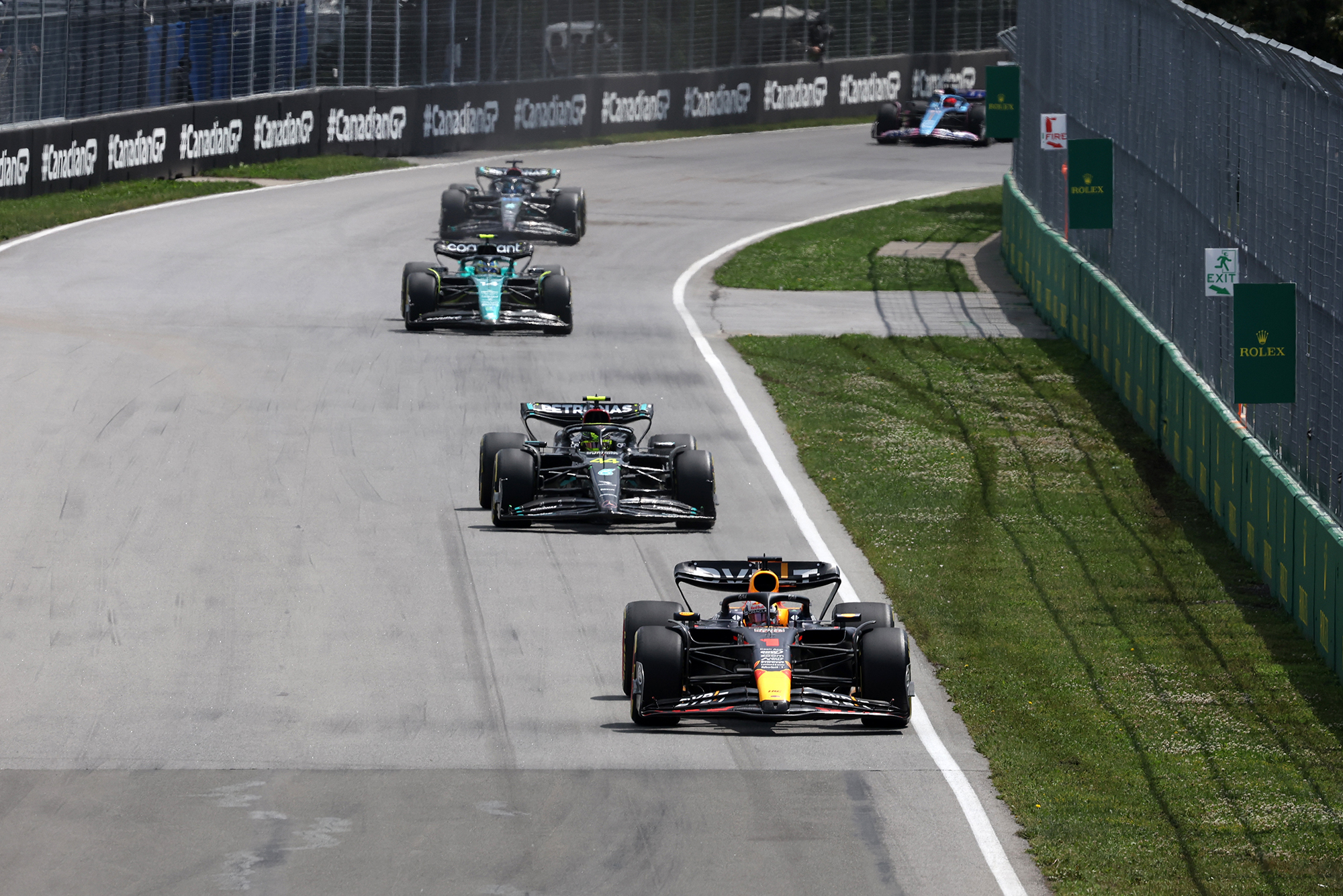
Wouldn’t it be great to see really different F1 cars other than the paint scheme? I’m not going to hold my breath for it.
And F1 shouldn’t be afraid of making this possible. Take the growing weight of cars. Mercedes technical director James Allison recently suggested that if the FIA wanted to make the cars lighter, it should lower the minimum weight and make it an engineering challenge.
F1 has a long history of doing the seeming impossible and it’s such targets that can drive innovation. Apply that to more areas of the regulations and who knows what some bright engineers might come up with.
I suppose the big question is what does the modern audience want from F1: is it close racing or is it actual racing?
As I said earlier the grid is closer than it has been for many years when you measure the performance difference from front to back, but Red Bull has won all the races this year.
If the regulations were more open, the same would probably happen but there would be a chance that some other team or teams would actually find that magic bullet and offer Red Bull much tighter competition.
Horner might not be criticising the 2026 regulations for the right reasons, although he’s adamant that he’s doing it because of his fears for the show.
What I am suggesting is to let the thousands of clever engineers that are directly involved in the design of the power units and cars come up with the best solutions for the future direction of high speed mobility.
If F1 was to adopt 100% sustainable fuels and – as currently monitored – the immediate fuel flow and race fuel capacity was controlled with the same 10% reduction that I have suggested for the cars’ size and weight and the battery pack capacity is controlled, doesn’t that set the direction to be more sustainable for the future and allow the engineers to come up with the best way of achieving it? It wouldn’t be a spending exercise because the cost cap would cover that side of the business.
It’s difficult to disagree with Horner about the direction F1 is heading in. For me, it doesn’t seem to be the right one.




